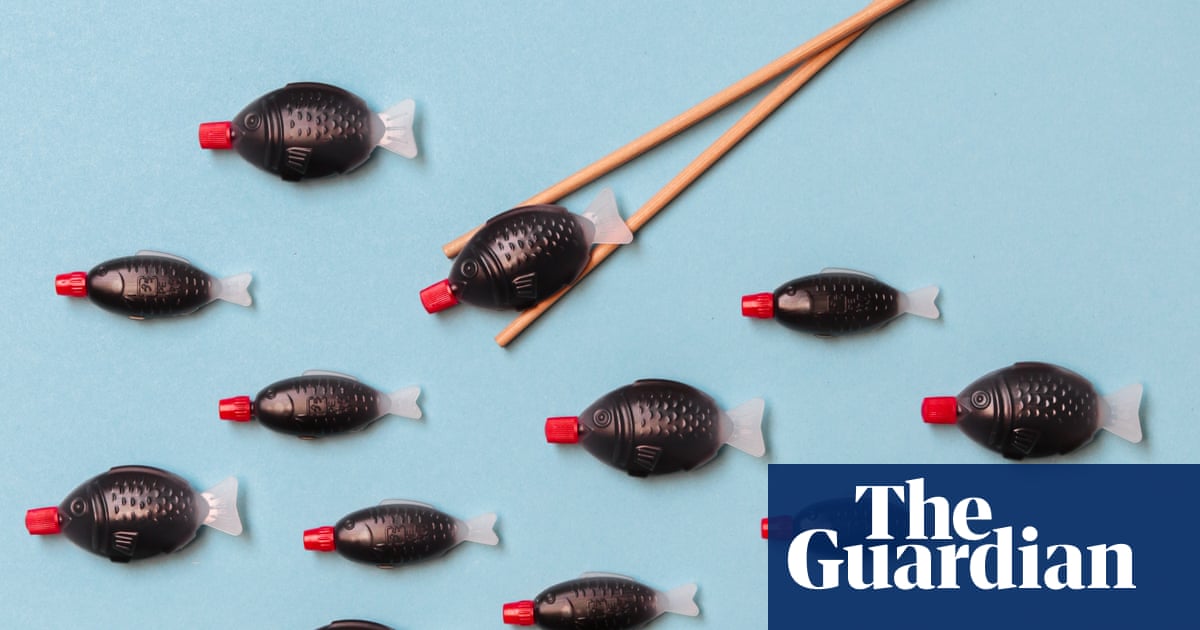The device known as shoyu-tai (or soy-sauce snapper in Japanese) was invented in 1954 by Teruo Watanabe, the founder of Osaka-based company Asahi Sogyo, according to a report from Japan’s Radio Kansai.
It was then common for glass and ceramic containers to be used but the advent of cheap industrial plastics allowed the creation of a small polyethylene container in the shape of a fish, officially named the “Lunch Charm”.
The invention quickly spread around Japan and eventually worldwide, and it is estimated that billions have been produced.



PLA isn’t food safe in 3d printing mostly because of layers on a print trap foreign material / bacteria and water can also seep into microscopic gaps into infill and it becomes a breeding ground. I doubt it would be useful for anything squeezy but it might be useful for single use forks and other utensils. But paper / wood can do those things already so I don’t see PLA being much use. For sachets I expect the answer is paper with some kind of biodegradable lining which gives a product a shelf life of a few years but does degrade in time.
Also, some “biodegradable” products are only compostable in specialist facilities where it can be shredded and broken down with water / heat / pressure. I think PLA is a bit like that. If you print something out of PLA and stick it out in the garden or even toss it into a compost bin it’ll still be there in 10 years although it might be faded, warped & brittle. Maybe it eventually biodegrades but it’s not quick enough.
The caveats you express are somewhat valid, but not totally correct. Printing correctly, with a food safe nozzle, path, and PLA formulation, is entirely possible. Simply printing in single layers, with a properly dialed in printer can eliminate your concerns. Medical items and implants are printed out of PLA, albeit with extreme production controls.
However, printing these single use items would be absolutely un-economical. 3D printing shines in short runs, bespoke items, like replacement part that are out of production, or which are very difficult to manufacture by other methods like injection or machining.
Its true that PLA, in unmodified form, has a much higher modulus than PP or PE, so squishiness is out of the question. What I have mentioned before is that I have bought single serve olive oil in PLA containers. From what I could see, these were injection molded and had a film top made from a plastic I never bothered to identify.
These containers were surprisingly elastic when crushed, not as elastic as other plastics, like PET, PP or PE, but much more than I had come to expect from my experience with the material. I’m going to attribute this to molding vs. extruding.